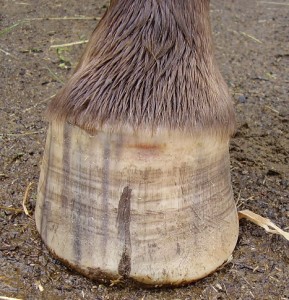
Seedy toe (also called white line disease) used to be the one on-going issue all my horses had many years ago. That was before I refined their diet and introduced a balanced custom mineral mix which changed everything.
In the process of healing their hooves, I discovered there is a quick fix to kick-start the healing, but also a long-term solution to keep it at bay. Here’s what I found works best:
Trim the hoof
Seedy toe often occurs more frequently in overgrown hooves. Trimming removes lever forces on the hoof wall that can cause further cracking or splitting started by a seedy toe infection, allowing it to take hold.
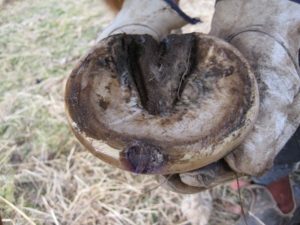
Clean it up
Your hoof care provider will know how far to go with digging out the affected material (black crumbly hoof wall).
Some like to resect the area to remove all the infected material which may be necessary for healing a large hole.
Others prefer to dig out the muck and then pack it to keep the treatment in and dirt out.
Treat it
Before applying any treatment, it’s best to soak the hoof in an anti-fungal solution such as apple cider vinegar (diluted 50/50 with water) or Nappy wash (contains sodium hypochlorite) – see this article for more info.
After the initial soaking for 20-30 mins, it’s best to let the hoof air dry in a clean environment before applying a treatment such as Bug Buster – an antimicrobial preparation that has a long-lasting effect.
To keep the area clean it’s best to pack the hole with either cotton wool or beeswax.
Repeat on a weekly basis, or as soon as you see the packing has come out of the hole.
Continue treatment until the seedy toe has grown out which may take months and several trims.
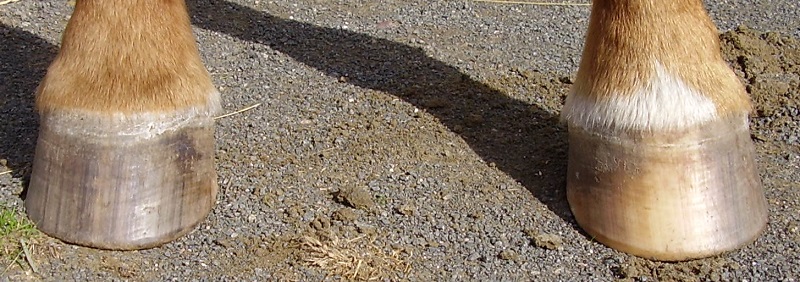
Feed for hoof health
The hooves are a mirror to the horse’s overall health, reflecting deficiencies and excesses (such as sugars causing sub-clinical or full laminitis).
A healthy hoof will have a straight wall with very few ‘hoof rings’ that indicate some sort of stress or a change in the diet.
The best way to achieve quality hooves is to feed a balanced mineral mix that supports the production of sound hoof material.
Ideally, this mix will replace what’s missing from a hay/pasture analysis, but if you’re feeding hay from different sources, or your pasture is changing constantly, then a mineral mix developed from a broad range of data collected from your general area is the next best option.
Use a qualified equine nutritionist or mineral mixes developed by one that is independent and well respected.
You can also learn to balance your horse’s diet by doing a course yourself – I can highly recommend those offered by Dr Eleanor Kellon here.
Change the environment
Keeping your horse in a wet and constantly muddy area will not assist hoof health.
Neither will turning them out with access to high sugar grasses 24/7!
The best solution is to have a dry standing area that is central or several of them in resting places around a ‘track’ system.
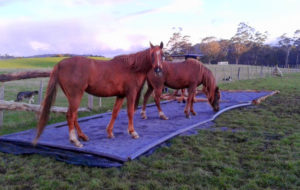
Try to surface boggy lanes and gateways with a permeable liner covered with gravel and rocks so they don’t disappear into the mud.
If possible use a ‘blue metal’ type of gravel. This can change the PH sufficiently to promote healing and continued hoof health.
Products such as ‘crusher dust’ – the fine gravel left after making coarser gravel are also useful.
Even sand can be better than nothing, and pea gravel is ideal if you can afford it.
A well-drained riding arena can also double as a dry area if nothing else is available.
Eating too much grass can be solved by using a track or central point system or even a combination of the two. Electric fencing is your friend as it allows you to be flexible with where you make grazing areas or tracks and is perfect for strip grazing.
A grazing muzzle is another way to limit grass intake but is not ideal. It’s best combined with one of the above methods of horse keeping rather than relying on it 24/7.
Horses don’t usually cope well with wearing a muzzle for extended periods as it takes away their ability to mutually groom or even scratch their own itches. They can also be hot and uncomfortable and need to be carefully fitted.
Why it happens
When you understand the mechanics of how separation in the hoof occurs, it makes perfect sense that seedy toe is more often related to a high grass/sugar intake.
The theory is that a ‘die-off’ of a large number of toxins in the gut (from overproduction of bacteria associated with a high sugar/starch intake) alters the blood circulation within the hooves and triggers the separation of the lamellae. This allows bacteria to enter and degrade the connection between the laminae and hoof wall.
That’s why it’s very important to manage the diet so low-grade laminitis isn’t affecting the hooves, and the body is receiving the correct balance of minerals and vitamins for a healthy immune system.
However regular trimming is also another major factor for prevention of seedy toe. Any lever forces like flares, cracks or splits will make it easier for bacteria to enter.
The holes caused by nailing on horseshoes will also provide a site for seedy toe to start, so alternative hoof protection is a better option.
Using a tool such as the Radius Rasp will reduce or eliminate cracking and splitting by rounding off the hoof wall edge.
To sum up Seedy Toe
Seedy toe is a reflection of the inner health of your horse, pony, donkey or mule. If there’s a deficiency of minerals or an excess of sugars and starches, it will result in poor quality hooves. Separation of the laminae or overgrown hoof wall allows microbes to eat into the white line, causing on-going splits, holes and eventual lameness.
As they say … prevention is far better than a cure – but at least there is one!

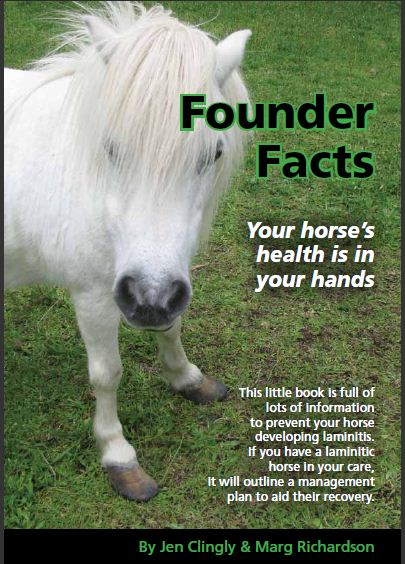
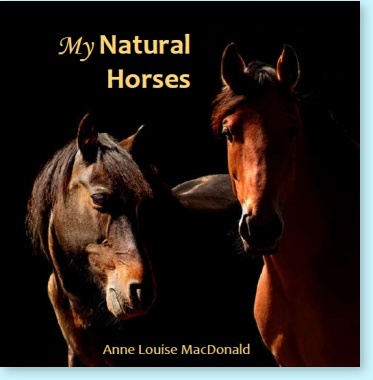

12 yr old donkey. Seedy toe. Cut away by farrier, 2nd farrier cut off again. Could find no more gunk. Advised animal lyntex. Difficult donkey, could not apply . Still lame. Was thinking of Stockholm tar, spray type !!!!! Or anti biotics. Donk in good condition. Please advise. Am in my 70s so not so good at handling
Hi Anne, the easiest product I’ve found to apply is Bug Buster which you can buy here: https://www.naturalhorseworldstore.com/products/Bug-Buster-Hoof-Disinfectant.html as this is simply dripped into the hole or cut away area once cleaned out. If you keep that up for at least once a week until the seedy toe grows out, you will give the hoof every opportunity to heal. Also ask the farrier to apply it straight after cutting out any seedy toe to get rid of the existing bacteria.
I hope you’re able to manage with that – donkeys are one of my favorite animals. 🙂
Cheers, Cynthia.
I have an Icelandic that has seedy toe and abscess. He is barefoot and never had this. His hooves are picture perfect dixit my trimmer and hard as rocks. A month ago he got 2 weeks of antibiotics (sultrim) for laceration to his gums. I have see research on pigs that this antibiotic can cause an elevation in insulin which then weakened the laminae. Being a good doer breed predispose to insulin resistance I was wondering if anybody has come across this? Thank you!
I have an Icelandic that was given a large dose of antibiotics (sulfur based) for laceration to his gums (2 weeks twice a day). A month later he developed seedy toe and an abscess. He is barefoot and never had this and his hooves are rock hard. Could the antibiotic caused this. There is some research on pigs that highlight that sometime sulfur based antibiotics can cause a rise in insulin? Being an Icelandic this could weaken the laminae and bring on seedy toe?
Hi Dominique,
Yes, I’ve heard of various medications causing abscesses and I’d say the delicate balance in the hindgut, once upset can cause the same reaction as an overload of toxins or sugars.
After feeding antibiotics, it’s always good to feed probiotics to re-establish gut flora. I’m not sure if a toxin binder would help when feeding medications but it’s something worth researching or asking your vet about.
All summed up perfectly. Bug Buster is a great product and used in conjunction with regular trimming, good minerals (I use Hoof Rescue + Se) and I have a central yard system on an undulating property creating lots of movement hoof health is good.